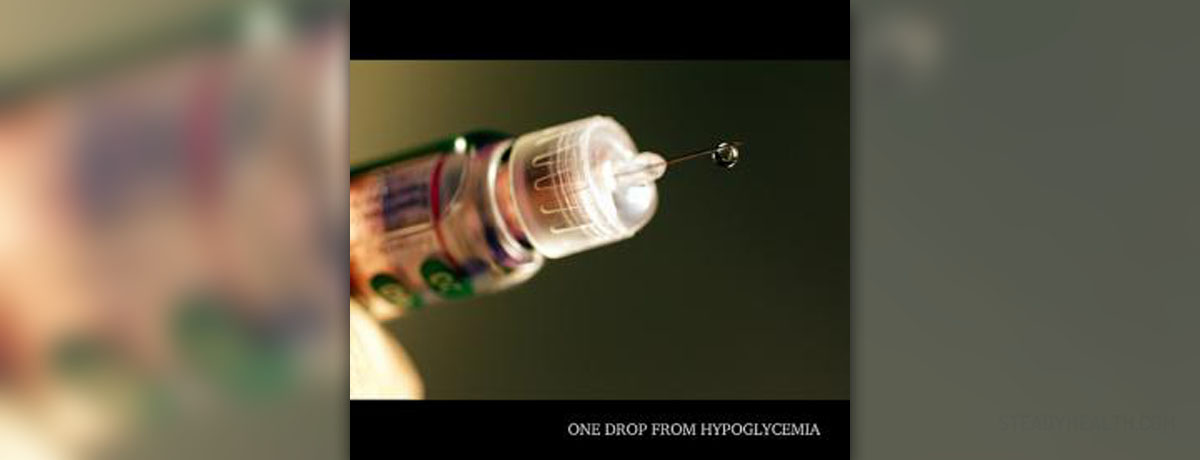
General information
Given the serious nature of this condition, its treatment is something that should also be taken seriously. This is one of the reasons why there has been a rise in number of hypoglycemia diet plans that concentrate on making lives of people who suffer from this condition much easier, as well as enable them to take the full control of this quite an unpleasant condition. The specific diet regime is based on the fact that a person in question ought to eat no less than three healthy meals, complemented with two snacks, every day and at the same time as well. This will enable the person suffering from hypoglycemia to control the sugar levels and maintain them normal during the entire day and night. In case there is a breach in the form of meal-skipping, then such failures will most certainly induce lowering of the sugar in the blood to a such extent that it can cause a person to feel extremely nauseated and sick. Other most common manifestations also include the occurrence of confusion, giddiness, hunger, anxiety, hypersensitivity, weakness, sweating, which ultimately lead to the loss of one’s consciousness.
Diet plans
Diets aimed at alleviating hypoglycemia and promoting full recuperation are primarily based on great quantities of fresh vegetables and fruits, and also whole grains, dairy products and poultry low in fat, and last but not the least fish. On the other hand, those that can harm and disrupt the normal levels of sugar in the blood include alcohol, excessive activity, consuming food high in sugar and processed types of food, since these have the ability to suddenly increase the levels of glucose and make them hit the roof, and they also induce the sudden fall in the glucose levels, which directly initiates and brings about hypoglycemia.
Manifestations
As far as the evident manifestations are concerned, they begin to appear and be visible approximately four hours after the person in question has finished the meal. Important to know as well is that the acceptable sugar levels range between 60 mg/L and 120 mg/L, whereas everything below the 60 mg/L mark is considered as worryingly low. Among the conditions and illnesses to be blamed for inducing hypoglycemia, besides diabetes there are enzyme deficiency, bypass surgery, as well as hormonal imbalance. Food varieties that have the potential to sky rocket the glucose levels faster than others include such types as ice cream, cookies, candy, syrup, juice made of fruit, fizzy drinks, to name but the most dangerous ones.
If you are not familiar with such diet plans and you still plan to take up one, the best thing is to visit a nutritionist, who will give you all the necessary information and provide you with the most suitable diet programme, the one that will suit your needs best and that will enable you to keep hypoglycemia under best of controls.


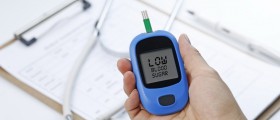
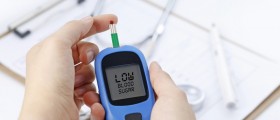



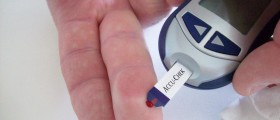

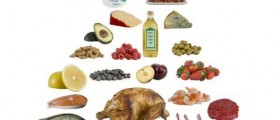
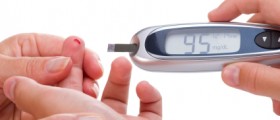






Your thoughts on this
Loading...